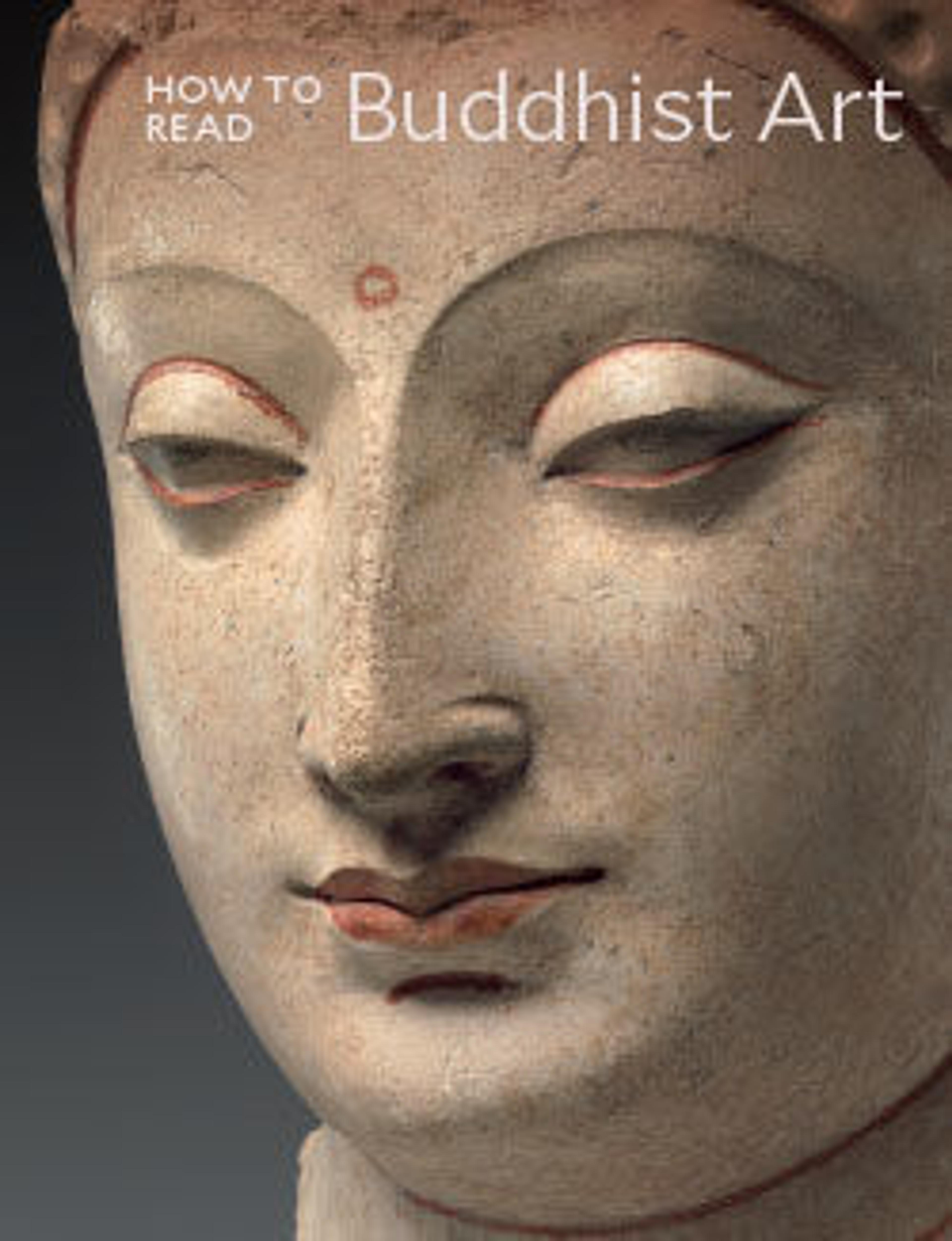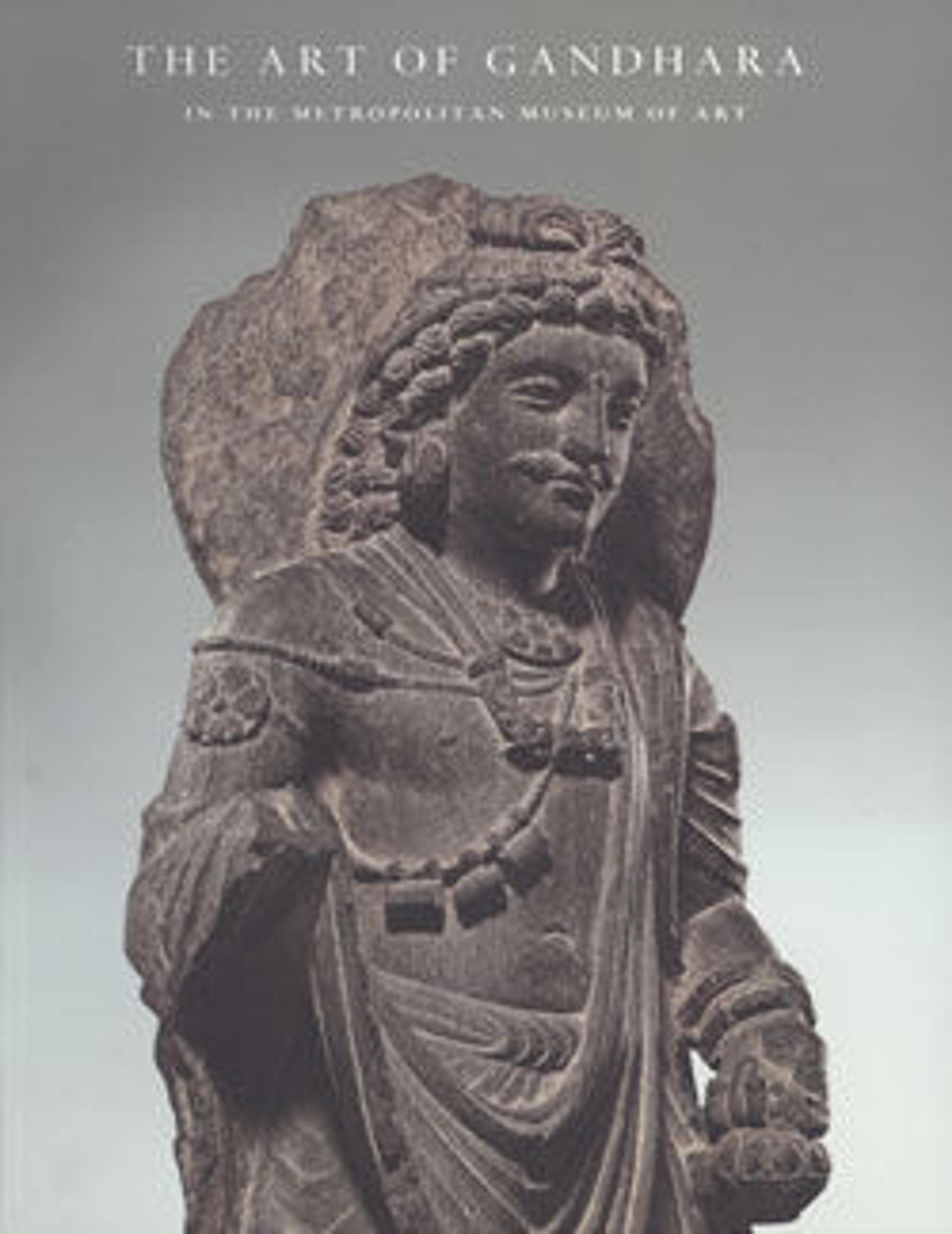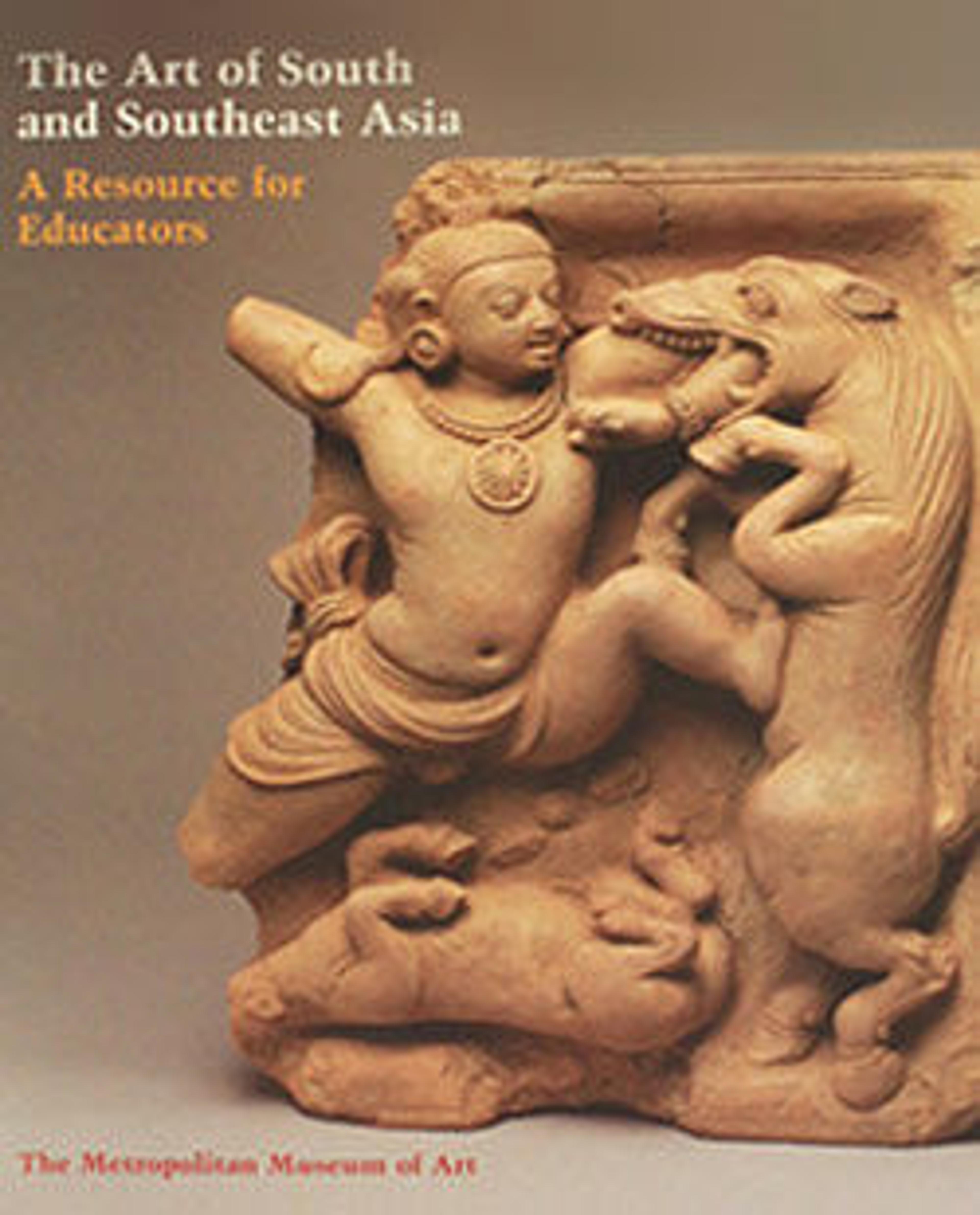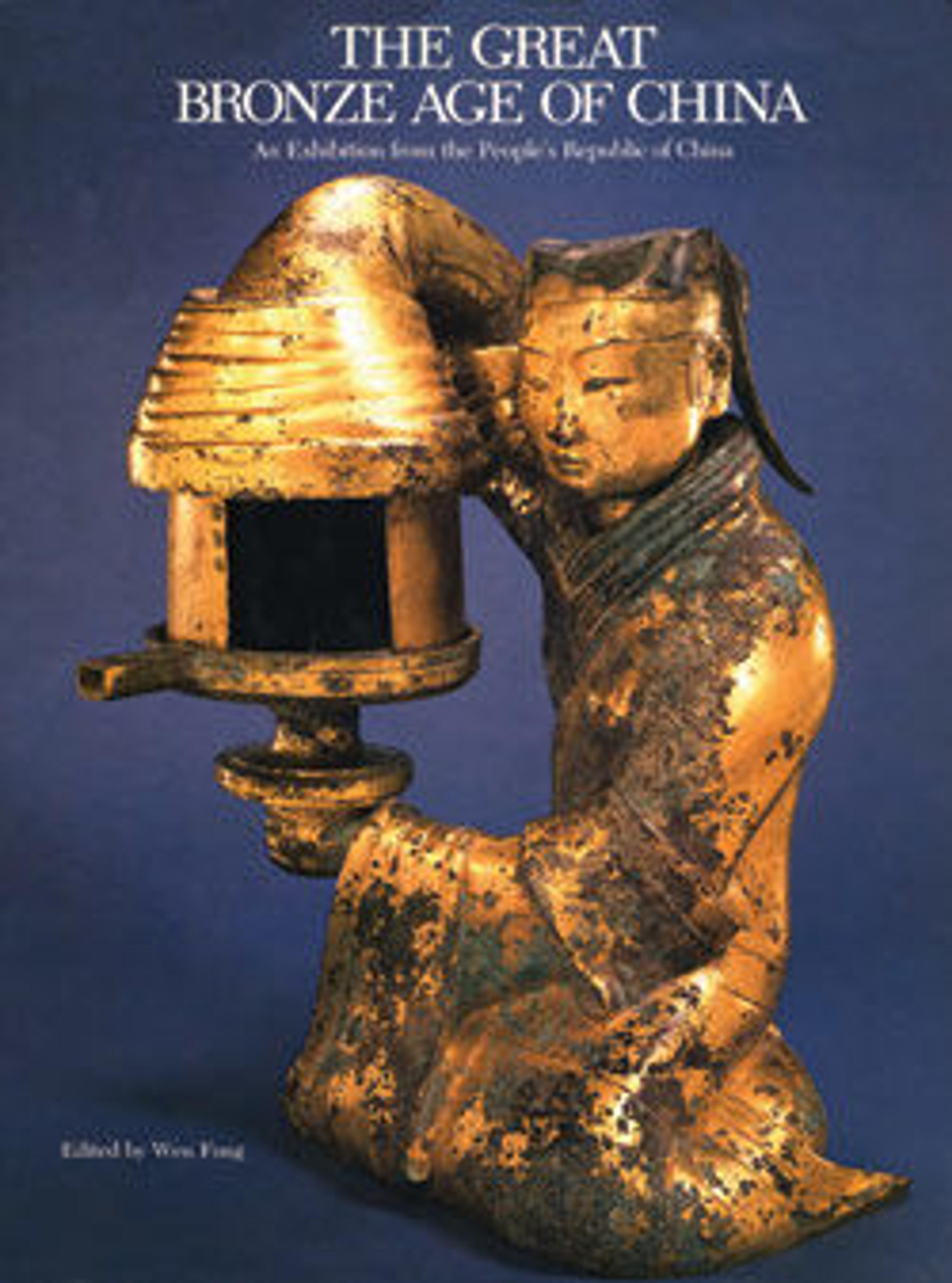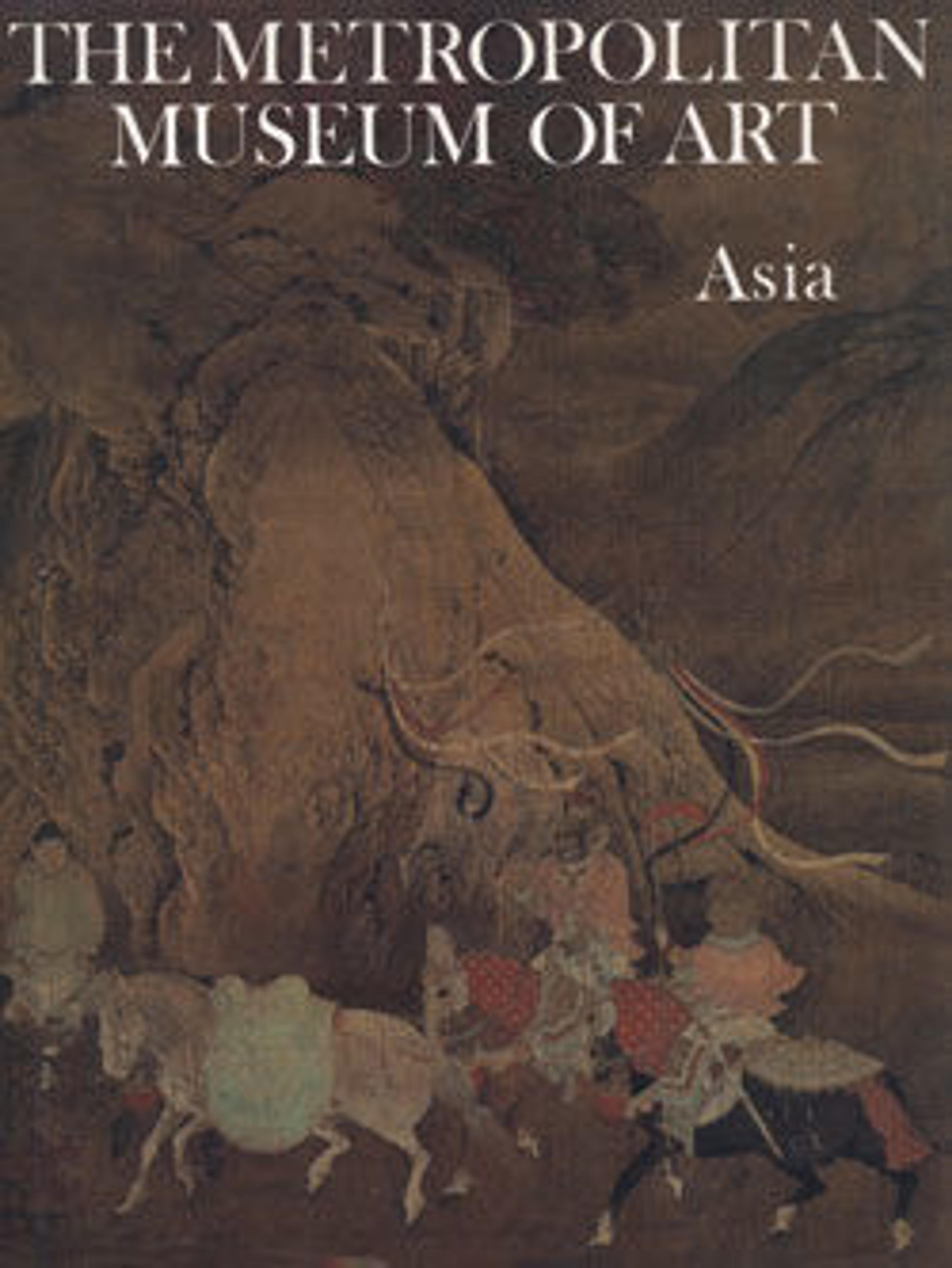
The Metropolitan Museum of Art. Vol. 10, Asia
The vast Asian landmass, so often viewed as a monolith from outside, is, in fact, a complex region of cultural diversity and distinctive national traditions that have developed continuously for nearly 5,000 years. By the third millennium B.C., China, for example, seems to have created the social, political, and artistic organization that has continued to the present day. This volume presents a panoramic vision of the artistic and cultural developments in Asia as illustrated by masterpieces in the collections of The Metropolitan Museum of Art. Objects seen here span the centuries, from the ritual vessels fashioned by the Chinese in the Bronze Age to the Japanese prints that revolutionized the vision of the early French Impressionists in the nineteenth century.
A great body of work, in an awesome variety of mediums—painting and calligraphy; icons, both sculpted and painted; ritual vessels from the Bronze Age; elegant ceramics; exquisitely carved jades; sumptuous lacquers; and elaborate textiles—provides a multidimensional view of this fascinating world. The strong religious links between the Asian nations, as well as their individuality, are witnessed by a sampling of the great Buddhist art that surfaced, in different guises, throughout the area. There is the elegant sixth-century bronze Gandharan Buddha from the Indian subcontinent; the Zao Gongen—a uniquely Japanese eleventh-century version of Buddha; the majestic fourteenth-century wall painting The Assembly of the Buddha Sakyamuni from Shansi province in China; and the tenth-century painted ceramic statue of a lohan (Buddhist disciple) found in a mountain cave in China where it had survived centuries of dynastic struggles.
As art is a mirror of the society that produces it, in this volume we see the graciousness of the life of the scholar-gentleman in old-world China through the Astor Court, the refined beauty of the decorative screens of the Japanese Ogata Korin, the rich subtlety of costumes designed for the Nō Theater in Japan, stately golden earrings from the first century B.C. in India, and a magnificent eleventh-century bronze statue of a Cambodian goddess. Almost 140 objects are reproduced in full color, creating a vibrant portrait of Asia through the centuries.
Met Art in Publication
You May Also Like
Press the down key to skip to the last item.
Citation
Barnhart, Richard M., and John Philip O’Neill. 1987. Metropolitan Museum of Art. New York: Metropolitan museum of art.
